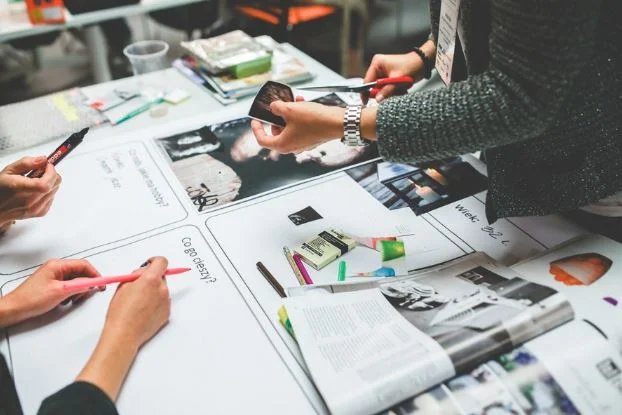By Sharon Jones
Businesses do a whole range of things, and depending on the business type, they may or may not need to develop products. If your business does have the need to develop products, then you need to put a lot of time and attention into this process. There are few things more important than the actual physical product which your customers hold in their hands. Get this right, and you will be making a solid impression on anyone who happens to come across your products. To get to that point, however, you need to be really focused and determined throughout the product development process. It helps if you have some awareness of how to make this process as smooth and easygoing as possible. To that end, let’s take a look at some of the key stages and how to best approach them.
Ideation & Research
It goes without saying that you need a solid idea to work from in order to have a product to develop in the first place. Often, this is where most of the difficulty lies. Many entrepreneurs know that they need to make a new product, but not exactly what. It is often easier in the early days of a business, when you are probably more narrowly focused on a certain demographic. Regardless, you need to think of something which you are sure will land with enough people to make it worthwhile. It helps, therefore, to carry out some thorough research before you get started. Many people find that the most effective way of approaching the whole thing is to research problems. Look for what people need, and try to fulfill it. That way, you can be sure of at least some interest.
Initial Build
Next up comes what is for many people the most exciting part of all: building the prototype. This is a highly important stage in the product development process. Any little problems at this point can soon snowball into bigger concerns later on. As such, it is vital that you and your teams keep a close eye on processes at this time. Building the prototype itself is a matter of trying to get it as close to the finished product as possible. You should take special care not to miss any of the finer details. Often, the more intricate parts will need to be outsourced to a professional firm. For a pcb prototype, for example, it is often best to allow others to take care of it. What you are ultimately going for is a prototype which is as near to perfect as possible.
Testing & Review
It is now time to test the prototype, and this forms your first opportunity to gauge the kind of response you are going to get. Testing comes in two main parts. First of all, if it is a technical product, you need to test its usage. But almost more importantly, you also need to test the product with the public. The best way to do this is to hold a focus group. Ask people for their genuine opinions, and be sure to listen to them carefully. You might be surprised at just how savvy the average person on the street is.
Sharon Jones is a contributor to zenruption and has her B.A. in political science from UCLA. As a new mother, she is interested in helping shape the world her daughter will inherit. She likes pina coladas and taking walks in the rain.





